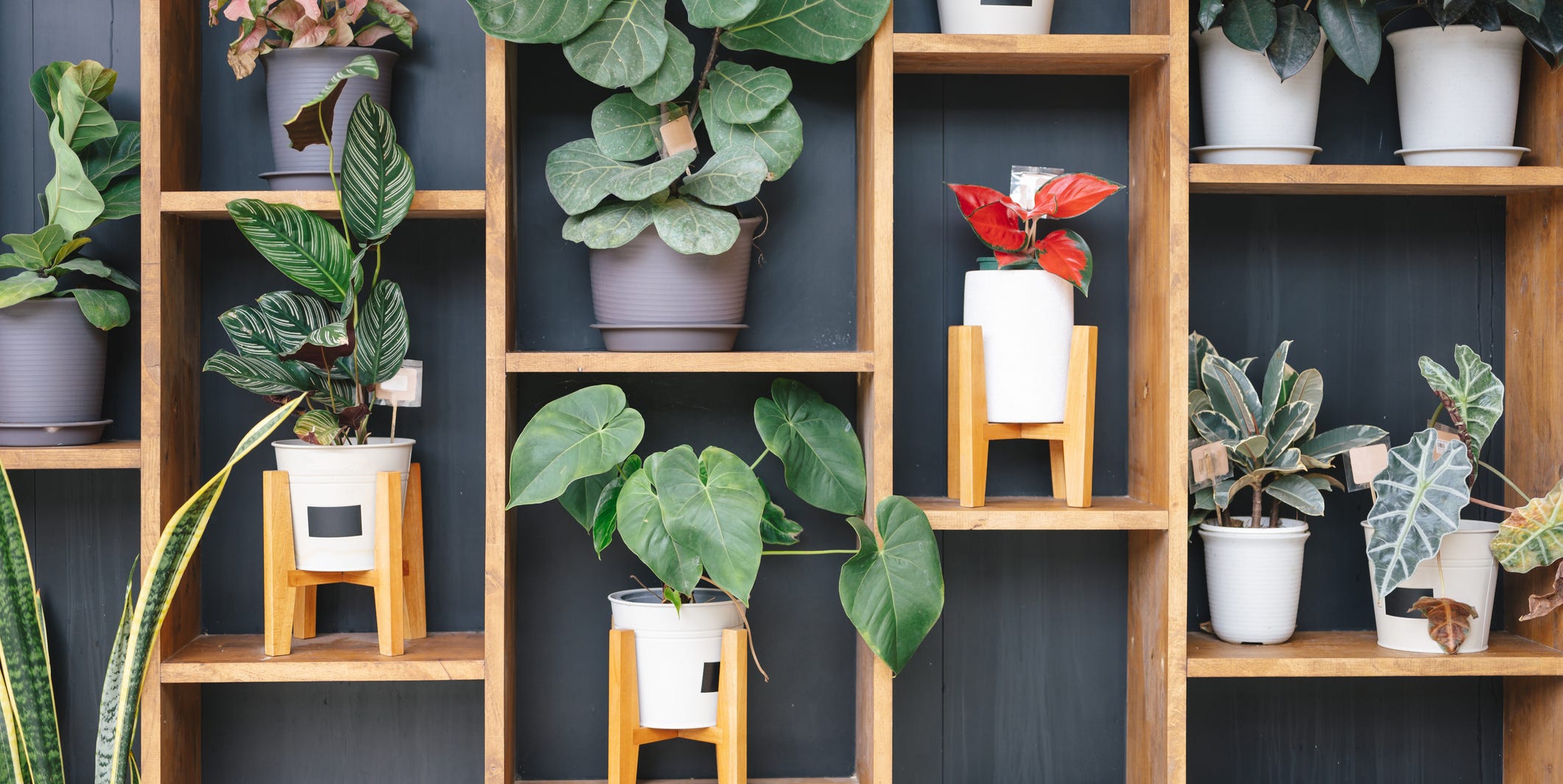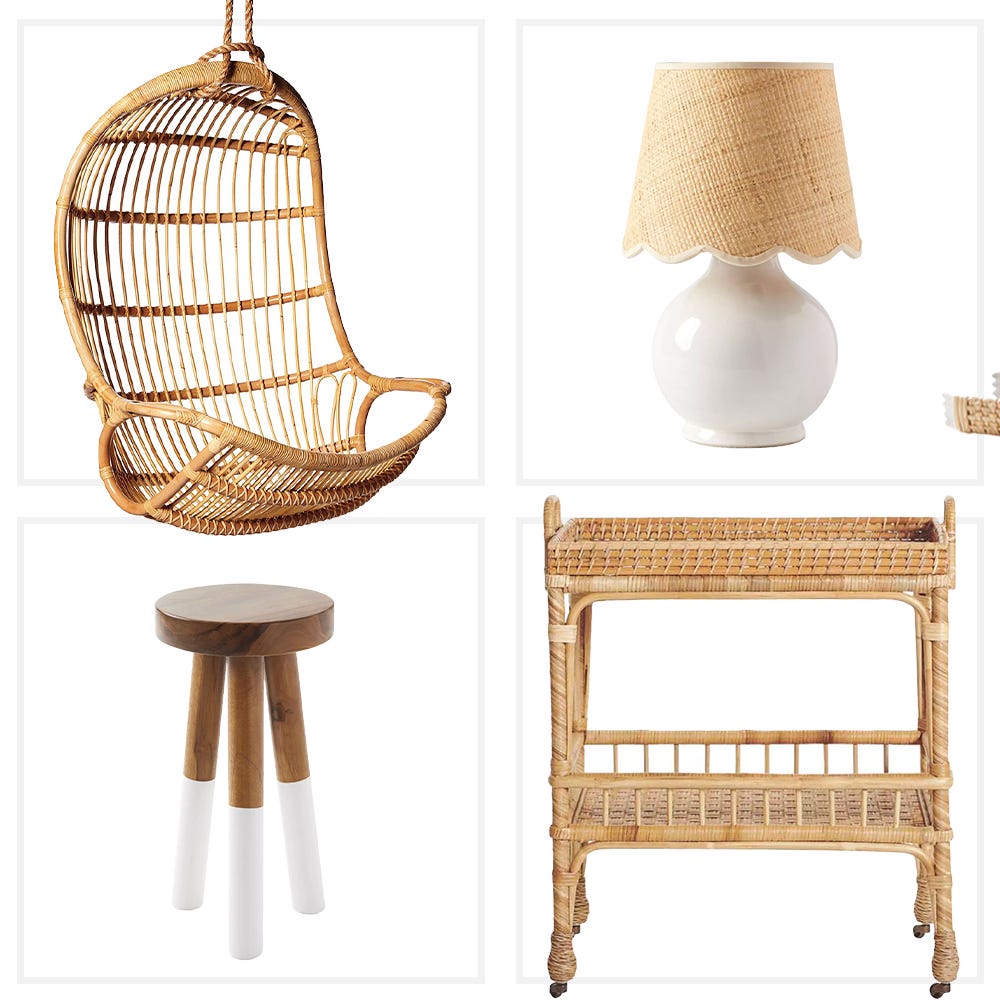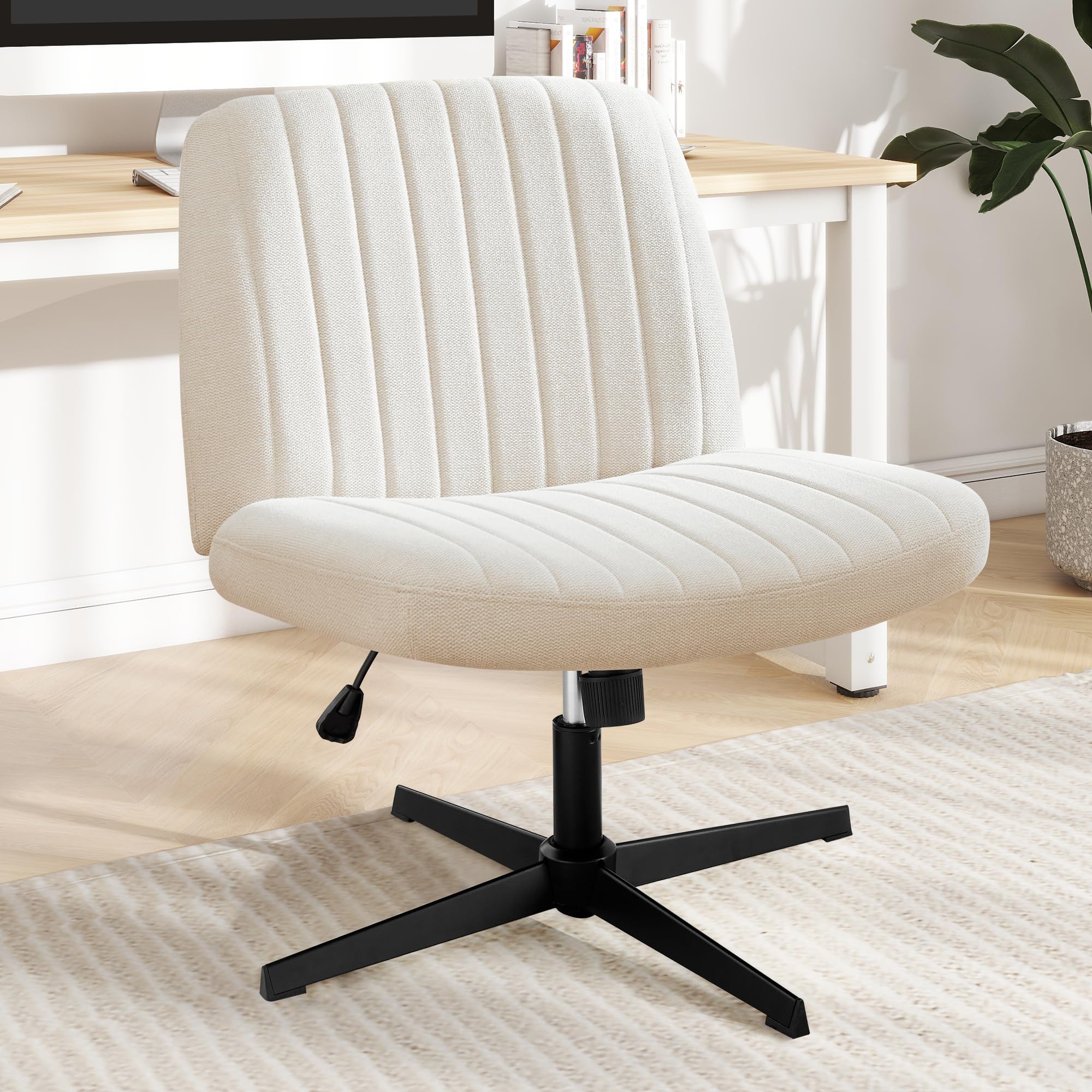
How Do Self-Watering Planters Work?
Understanding subirrigation and how it works is crucial if you buy a self-watering planter. These types of planters are watered from below, which means that self-watering planters eliminate the inconsistency and take care of water distribution themselves. They thus allow the soil to maintain a constant level of moisture at the base of the pot. For thirstier plants, the roots can grow through the insert and access water and nutrients directly from the reservoir. In other words, self-watering planters deliver water without any guesswork, allowing the plant to drink at its own pace.
What Are the Benefits of Self-Watering Planters?
The most evident benefit of using self-watering planters is that you don’t need to check on your plant’s soil and guess when it needs water. Since these planters allow plants to sip water as needed, they require little attention from humans. The same goes for outdoor plants; having them in self-watering planters will prevent double water after a rainy day. Another benefit is soil maintenance. Since self-watering planters feed plants from the root up, the top of the soil remains dry, warding off pests such as fungus gnats that love moist soil.
How Frequently Do Self-Watering Planters Need to Be Filled?
While standard pots require a weekly refill, a self-watering planter only needs to be filled every few weeks. Sizes can vary, with bigger planters offering a reservoir of water for longer periods of time. However, even the smallest of planters make for fewer watering sessions. That said, plant influencer Hilton Carter says you’re not entirely off the hook. “Test them out well before you take a hiatus,” he advises. “Self-watering planters aren’t a good match for plants that prefer to dry out thoroughly, so it’s good to try them out first under a watchful eye.” He also reminds plant parents to get in the habit of checking plants regularly for other issues that might arise like pests and yellow leaves.



